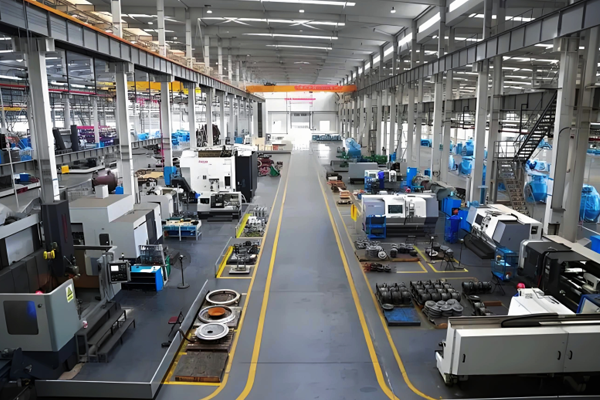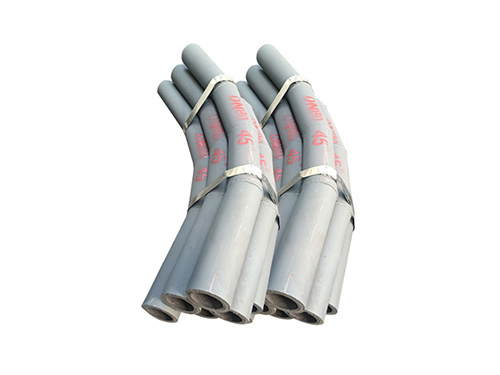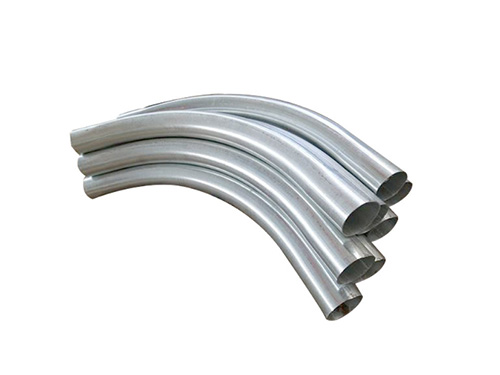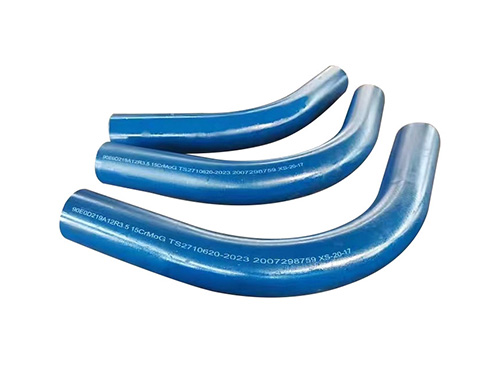Operation problems of high-pressure reducing pipes and how to reinforce them
Operation problems of high-pressure reducing pipes and how to reinforce them
[1] Operation issues of thick walled high-pressure reducers
1) The geometric dimensions of the large and small ports of the thick walled high-pressure reducer are relatively accurate, but the wall thickness is very uneven. For thick walled high-pressure reducers with straight sections, the wall thickness of the small end face of the thick walled high-pressure reducer is thicker than that of the large end face, while the wall thickness of the small end face of the high-pressure reducer is thinner than that of the large end face. The wall thickness of the reducer is relatively uniform. Therefore, during detection, the geometric dimensions of both the large and small ports need to be measured.
2) The wall thickness of the thick walled high-pressure reducing pipes detected is all excessively thick. It is recommended to use the wall thickness detection records conducted before use to provide a basis for online thickness measurement to accurately reflect the corrosion rate and ensure the safe operation of the pipeline.
3) The results of ultrasonic thickness measurement are slightly larger than those of caliper thickness measurement, which makes the results biased towards danger. When measuring wall thickness, the measured value when the probe separation surface is parallel to the axis of the pipe is slightly larger than the measured value when the separation surface is perpendicular to the axis of the pipe, although less than 0.5, which also makes the results biased towards danger.
4) The ellipticity of thick walled high-pressure reducing pipes is less than 2, and the bending radius error of reducing bends is also small, which can be ignored.
5) The surface hardness at both ends of the thick walled high-pressure reducer is on average about 35% lower than that of the middle section.
6) The thick walled high-pressure reducing pipe products formed by hot pressing and sealing large-diameter pipe blanks have significantly improved yield strength and tensile strength after post normalizing treatment.
[2] Shrinkage forming process for seamless high-pressure reducing pipes
Seamless high-pressure reducer (seamless high-pressure reducer) is a type of pipe fitting used for pipe diameter changes. The commonly used forming processes are reduced diameter pressing, expanded diameter pressing, or a combination of reduced diameter and expanded diameter pressing. For certain specifications of seamless high-pressure reducing pipes, stamping forming can also be used.
The shrinkage forming process of seamless high-pressure reducing pipes is to place a billet with the same diameter as the large end of a carbon steel high-pressure reducing pipe into a forming mold, and by pressing along the axial direction of the billet, the metal moves along the mold cavity and shrinks into shape. According to the size of the seamless high-pressure reducer, it can be divided into one-time compression forming or multiple compression forming.
Expanding diameter forming is the process of using a pipe blank with a diameter smaller than the large end diameter of a seamless high-pressure reducing pipe, and expanding the diameter along the inner diameter of the pipe blank using an internal die. The expansion process mainly solves the problem of seamless high-pressure reducing pipes with large diameter variations that are difficult to form by reducing the diameter. Sometimes, according to the material and product forming needs, the expansion and reduction methods are combined and used.
In the process of reducing or expanding diameter deformation and pressing, cold pressing or hot pressing is determined according to different materials and diameter changes. Normally, cold pressing is preferred, but for cases where severe work hardening is caused by multiple diameter changes, thick wall thickness, or alloy steel materials, hot pressing is recommended.










